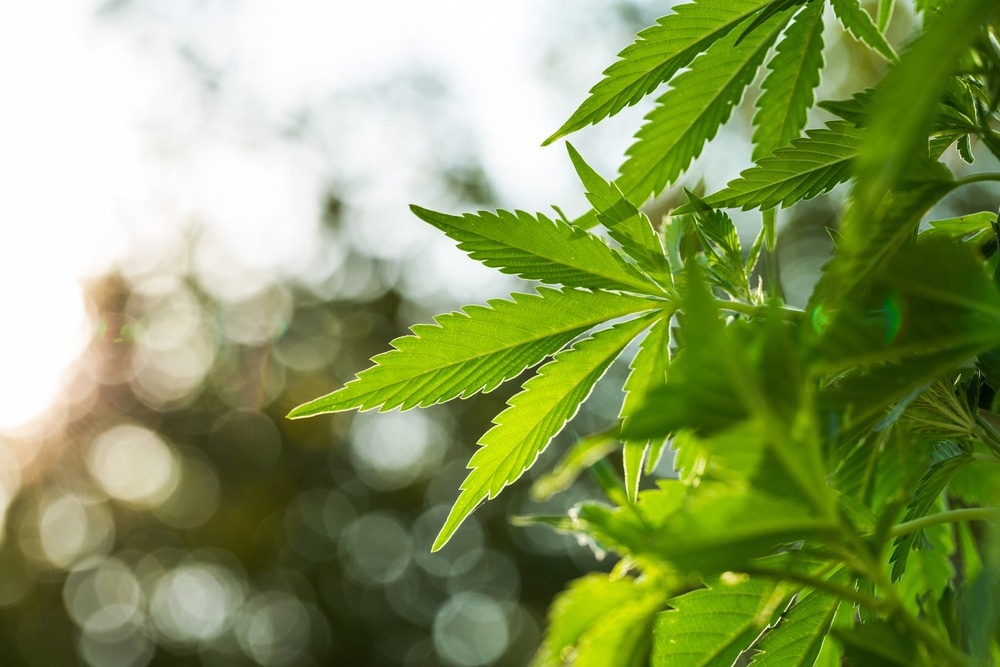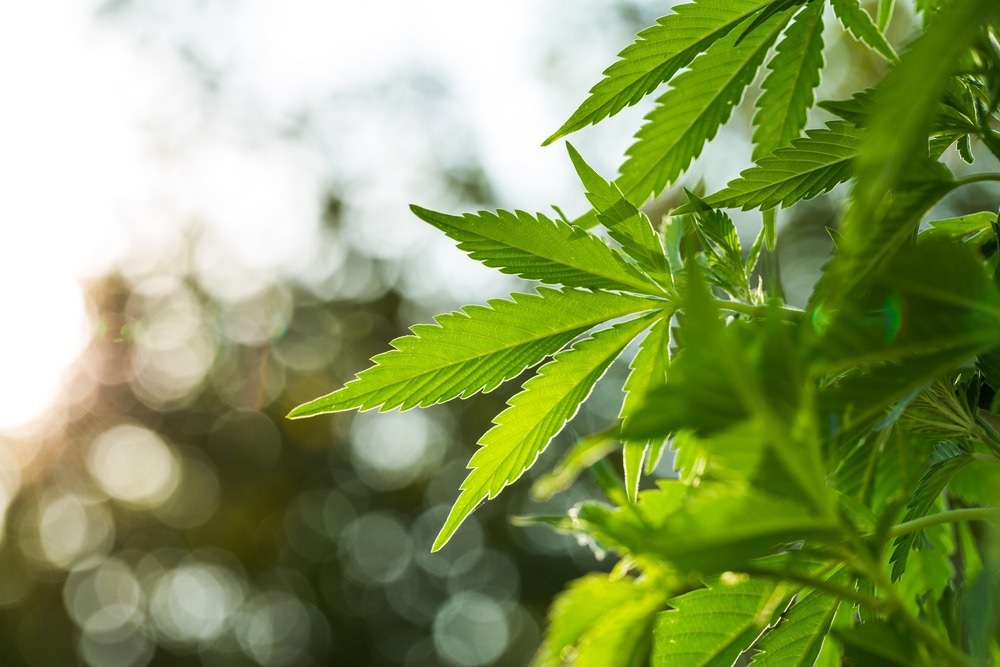A recent The American Journal of Medicine study aimed to determine the relationship between self-reported marijuana use and overactive bladder symptoms using information gathered from the National Health and Nutrition Examination Surveys (NHANES) database.

Study: Relationship between marijuana use and Overactive Bladder (OAB): a cross-sectional research of National Health and Nutrition Examination Survey (NHANES) 2005 to 2018. Image Credit: Jan Faukner / Shutterstock.com
Marijuana use in the U.S.
Over the past several years, medicinal and recreational marijuana use has increased in the United States due to its decriminalization and legalization in some states.
As of December 2021, medicinal marijuana has been approved for commercialization in 36 U.S. states and the District of Columbia to treat various health conditions. Additionally, 18 states have legalized the recreational use of marijuana.
Recent surveys indicate that about 49.6 million Americans over 12 years of age reported the use of marijuana in 2020 alone. However, the use of marijuana remains controversial due to discrepancies between its medicinal value and associated health problems.
Treatment for overactive bladder disorder
Overactive bladder disorder is a chronic disease characterized by urgency, nocturia, and frequency, either with or without incontinence. This condition can significantly impact the quality of life of affected patients.
Various drugs have been used to target overactive bladder symptoms, including β3-adrenergic receptor agonists and M-choline receptor blockers. However, these drugs are associated with certain side effects and are limited in their therapeutic efficacy.
Recent studies have focused on whether medicinal marijuana would be beneficial in treating overactive bladder symptoms.
Some clinical trials have reported that marijuana extracts relieve neurogenic and refractory symptoms in multiple sclerosis patients by reducing urge incontinence episodes, frequency, and nocturia, along with improving Incontinence Quality of Life (I-QOL) and bladder control.
Another study showed men between the ages of 20-59 who regularly used marijuana rarely reported lower urinary tract symptoms than non-users. However, despite these observations, the efficacy of marijuana in controlling overactive bladder symptoms in a larger population remains unknown.
About the study
The current study collected data from seven two-year NHANES cycles between 2005 and 2018. Participants 20-59 years of age answered both Drug Use and Kidney Conditions questionnaires for enrollment into the study.
Marijuana use was self-reported during the Mobile Examination Center (MEC) interview, wherein study participants identified as either regular or nonregular users. In addition, information on the frequency of marijuana use was obtained through the questionnaire.
Overactive bladder symptoms were assessed by the Kidney Conditions-Urology questionnaire, with its quantification achieved by the Overactive Bladder Symptom Score (OABSS) questionnaire. Participants with a score of three or more were considered to have overactive bladder disorder.
The participant's gender, age, race, family income to poverty ratio (FIPR), annual household income, marital status, and education level were also obtained. Furthermore, an analysis of participants' body mass index (BMI), tobacco use, hypertension, diabetes mellitus, and metabolic syndrome was completed. Finally, the estimated glomerular filtration rate (eGFR) was calculated using the Chronic Kidney Disease Epidemiology Collaboration (CKD-EPI) equation.
Study findings
A total of 18,736 samples were used to represent the weighted U.S. population of 123,065,848. About 24% of respondents reported regular use of marijuana in their lifetime. These users were more likely to be thinner, younger, primarily males, smokers, had low income and low education, non-Hispanic white/black, and unmarried.
Regular marijuana users reported an increased urge for urinary incontinence and frequency of nocturia as compared to nonregular users. Moreover, regular users were more likely to higher suffer from overactive bladder symptoms than nonregular users at all levels of severity.
Taken together, the current study demonstrates that regular users of marijuana were at a greater risk of developing and suffering from severe overactive bladder disorder. Therefore, unless proven otherwise by further studies, the use of marijuana must be limited in treating overactive bladder symptoms, especially considering the adverse effects of marijuana use.
Limitations
Due to the cross-sectional nature of the study, temporal or casualty variation could not be determined. Incomplete information on overactive bladder symptoms was provided by NHANES. Additionally, the type and dose of cannabis used by the study participants were not identified.
- Zhu, S., Wang, Z., Tao, Z., et al. (2022). Relationship between marijuana use and Overactive Bladder (OAB): a cross-sectional research of National Health and Nutrition Examination Survey (NHANES) 2005 to 2018. The American Journal of Medicine. doi:10.1016/j.amjmed.2022.08.031. https://www.sciencedirect.com/science/article/abs/pii/S0002934322006672.
Posted in: Medical Research News | Medical Condition News | Disease/Infection News
Tags: Bladder, Body Mass Index, Cannabis, Chronic, Chronic Disease, Chronic Kidney Disease, Diabetes, Diabetes Mellitus, Drugs, Education, Efficacy, Epidemiology, Frequency, Incontinence, Kidney, Kidney Disease, Marijuana/Cannabis, Medicine, Metabolic Syndrome, Multiple Sclerosis, Nocturia, Nutrition, Overactive Bladder, Poverty, Receptor, Sclerosis, Syndrome, Tobacco, Urinary Incontinence, Urology

Written by
Suchandrima Bhowmik
Suchandrima has a Bachelor of Science (B.Sc.) degree in Microbiology and a Master of Science (M.Sc.) degree in Microbiology from the University of Calcutta, India. The study of health and diseases was always very important to her. In addition to Microbiology, she also gained extensive knowledge in Biochemistry, Immunology, Medical Microbiology, Metabolism, and Biotechnology as part of her master's degree.
Source: Read Full Article
